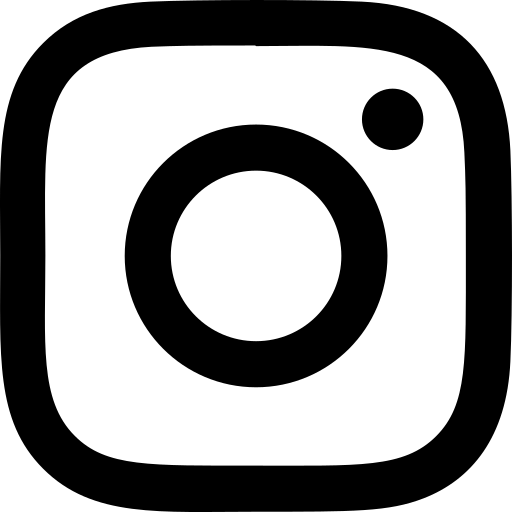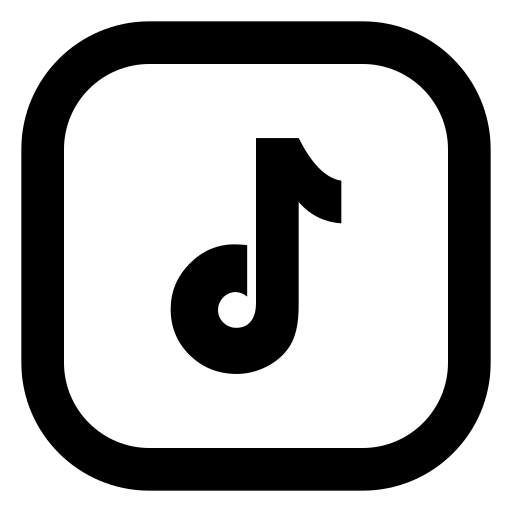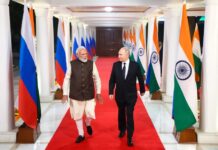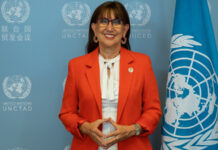A group of researchers from USC, Microsoft, Amref Health Africa e Kenyan Ministry of Health has developed an artificial intelligence that does just that: predicts nutritional crises six months in advance with 89% accuracy.
The system, described in the study published in PLOS One May 14, 2025, represents a paradigm shift in the approach to child malnutrition.
The model combines clinical data from more than 17.000 Kenyan health facilities with satellite information on crop health and agricultural productivity. This fusion of information allows it to identify emerging areas at risk with much greater accuracy than traditional methods.
When researchers test the one-month forecast, the accuracy rises to 89%. Six months later, It still maintains an impressive 86% accuracy. For comparison, methods based only on historical trends in malnutrition achieve just 73% accuracy.
The key to success is integrating different data sources. The system draws from the District Health Information System 2 (DHIS2), a platform that collects health data from clinics across Kenya. At the same time, it analyzes satellite imagery from NASA’s MODIS to measure Gross Primary Productivity (GPP), an indicator of how well crops are growing.
The most innovative aspect concerns the use of satellite data. The images from Moderate Resolution Imaging Spectroradiometer NASA provide precise measurements of crop productivity in real time. When GPP drops in a region, the algorithm can predict an increase in child malnutrition in the following months.
As we see from previous analyses, artificial intelligence is radically transforming the healthcare industry, and this application is a perfect example.
Bistra Dilkina, co-director of the USC Center for Artificial Intelligence in Society, calls the model “a game changer.”
The new AI model’s goal is to create a sustainable and regularly updated public resource. As Ferguson points out, “most global health problems cannot be solved in health alone, and this is one of them.”
Zero Malnutrition: An Achievable Goal
Kenya shares the same health information system with more than 125 countries, which means similar AI tools could be deployed in many low- and middle-income nations. “If we can do it for Kenya, we can do it for other countries,” Dilkina says. “The sky is the limit when there is a genuine commitment to working in partnership.”
In a world where Every minute 35 children destined for hunger are born, this technology finally offers real hope. It is no longer a question of reacting to emergencies, but of preventing them.









